
Dar es Salaam or commonly known as Dar, is the largest city and financial hub of Tanzania. It is also the capital of Dar es Salaam Region. With a population of over six million people, Dar is the largest city in East Africa and the seventh-largest in Africa. Located on the Swahili coast, Dar es Salaam is an important economic centre and is one of the fastest-growing cities in the world. According to the United Nations population projection, the city is expected to host approximately 73 million people in 2100, more than the whole population of the country today at 61 million people.

German East Africa (GEA) was a German colony in the African Great Lakes region, which included present-day Burundi, Rwanda, the Tanzania mainland, and the Kionga Triangle, a small region later incorporated into Mozambique. GEA's area was 994,996 square kilometres (384,170 sq mi), which was nearly three times the area of present-day Germany, and double the area of metropolitan Germany then.

Tanga is both the name of the most northerly port city of Tanzania on the west of the Indian Ocean, and the surrounding Tanga Region. It is the regional headquarters of the region. It had a population of 273,332 in 2012. The name Tanga reportedly means "sail."

Sayyid Khalid bin Barghash Al-Busa'id was the sixth Sultan of Zanzibar.

The German East Africa Company was a chartered colonial organization which brought about the establishment of German East Africa, a territory which eventually comprised the areas of modern Tanzania, Burundi, and Rwanda. The Company originated in 1884 as the Gesellschaft für deutsche Kolonisation with the aim of trading in Africa. The German protectorate of Wituland originated as a separate German sphere of influence in 1885. In April of the same year, the company leased the coastal strip opposite Zanzibar from Sultan Khalifa bin Said for 50 years. Its attempt to take over the administration led to a general revolt along the coast of what is now Tanzania. The company could only hold Dar es Salaam and Bagamoyo with the help of the German navy. In 1889 it had to request the assistance of the German government to put down the rebellion. In 1891, after it became apparent that the company could not handle its dominions, it sold out to the German government, which began to rule German East Africa directly. The company initially continued to operate its many activities, including mines, plantations, railways, banking, minting, etc., before it consented to relinquish them to the German colonial administration and other organizations. It subsequently operated as a land company within the German territory until Britain occupied German East Africa during World War I.
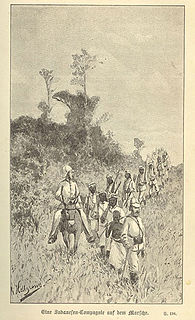
The Abushiri revolt was an insurrection in 1888–1889 by the Arab and Swahili population of the areas of the coast of East Africa that were granted, under protest, to Germany by the Sultan of Zanzibar in 1888. It was eventually suppressed by a German expeditionary corps which conquered the coastal area.
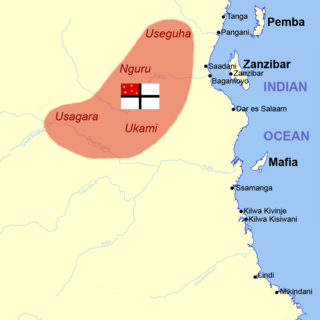
The Society for German Colonization was founded on 28 March 1884 in Berlin by Carl Peters. Its goal was to accumulate capital for the acquisition of German colonial territories in overseas countries.
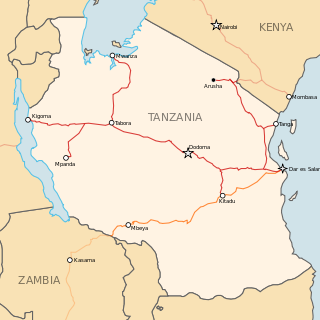
The Central Line, formerly known as the Tanganyika Railway is the most important railway line in Tanzania, apart from TAZARA. It runs west from Dar es Salaam to Kigoma on Lake Tanganyika via Dodoma. A branch leads to Mwanza on Lake Victoria.

The Rupie was the currency of German East Africa between 1890 and 1916, continuing to circulate in the Tanganyika Territory until 1920.
Kleist Sykes (1894–1949) was a Tanganyikan political activist. He helped form the Tanganyika African Association.
Those interested in the subject can monitor changes to the pages by clicking on Related changes in the sidebar. Articles related to Tanzania include:
The Usambara Railway was the first railway to be built in German East Africa and what is today Tanzania.

Tanzania Ports Authority (TPA) is a parastatal public corporation acting under the aegis of the Ministry of Infrastructure Development, that has the responsibility "to manage and operate" the ocean ports and lake ports of the country of Tanzania. The Tanzania Ports Authrorty headquarters are located in Kurasini Dar es Salaam. It is a member of the Port Management Association of Eastern and Southern Africa.
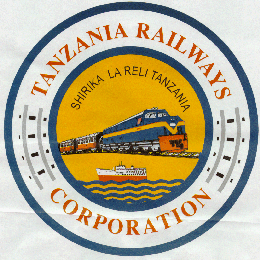
The Tanzania Railways Corporation(TRC) is a state-owned enterprise that runs one of Tanzania's two main railway networks.
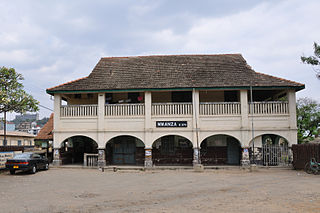
The history of rail transport in Tanzania began in the late nineteenth century.
The following is a timeline of the history of the city of Dar es Salaam, Tanzania.
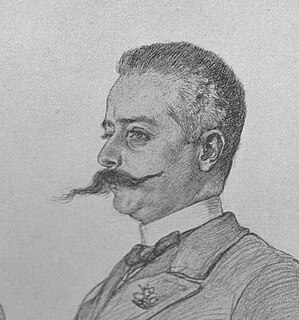
Walter von Saint Paul-Illaire or Adalbert Emil Walter Le Tanneux von Saint Paul-Illaire was a German colonial official in East Africa. He hailed from the noble family of Le Tanneux von Saint Paul, which had moved to Prussia in the 17th century. The genus Saintpaulia of the African violet was named in his honour after he discovered it in the Usambara Mountains and had sent its seeds in 1893 to Hermann Wendland, the German botanist and Chief Royal gardener at the Herrenhausen Gardens in Hanover, who gave the plant its first description, calling it the Usambara veilchen
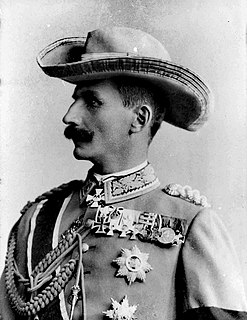
Eduard von Liebert, or Eduard Wilhelm Hans Liebert was an Imperial German Army general who served in World War I, and a Governor of German East Africa. He also was active in several right-wing organisations and parties and was a member of the Imperial Diet for the Free Conservative Party from 1907 until 1914.

Richard Hindorf,, was a pioneering German colonial agricultural scientist and traveller. He worked predominantly in German East Africa

Albrecht von Rechenberg, Albrecht Freiherr von Rechenberg or Georg Albrecht Julius Heinrich Friedrich Carl Ferdinand Maria Freiherr von Rechenberg was a German jurist, diplomat and a politician who served as Governor of German East Africa and as a member of the Imperial Diet.

















